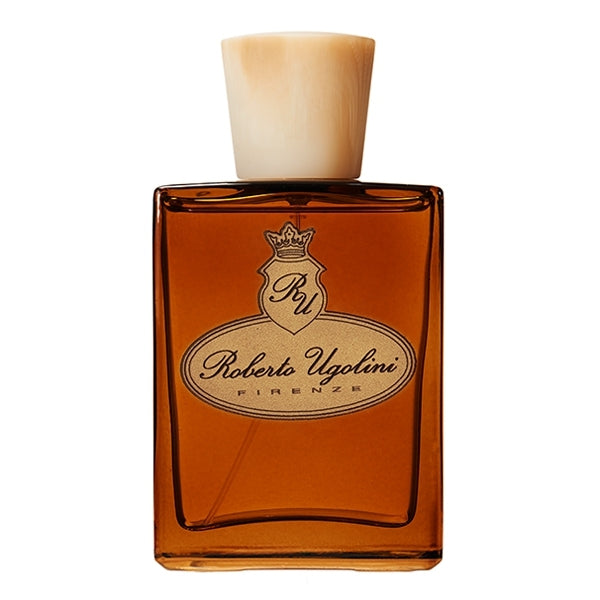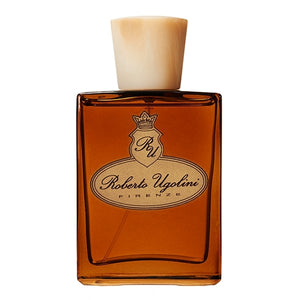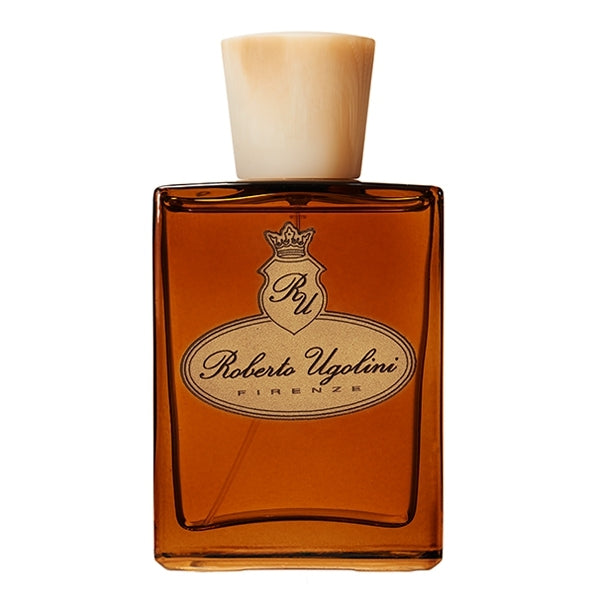The Oxford – timeless elegance
There is hardly any other men's shoe model as widespread as the Oxford, especially when it comes to festive occasions and making a grand entrance. A particularly classic shoe model, traditional and, especially in black, the perfect shoe for a suit. It owes its name to the students of Oxford University, who made this model popular in the mid-19th century; at a time when boots were the norm, they broke with convention by wearing low shoes. Today, there is no trace of rebellious spirit in this model; on the contrary, it embodies timeless traditional elegance like no other. Like a reflection of light on black polished shoes, citrus notes of tart grapefruit and sweet orange rise above the peppery heart of ‘Oxford’.
Aromatic, tingling, spicy-hot pepper combines with pink pepper, which adds its own unique signature. Lightly fruity accents are reminiscent of roses, which in turn are underscored by the green and rose-like nuances of geranium. The base notes feature fine woods such as cedar and sandalwood, accentuated by vetiver, a hint of patchouli and benzoin.
‘Oxford’ by Roberto Ugolini stands for understated, natural class, for elegance that does not make a fuss about itself. Pure understatement!




